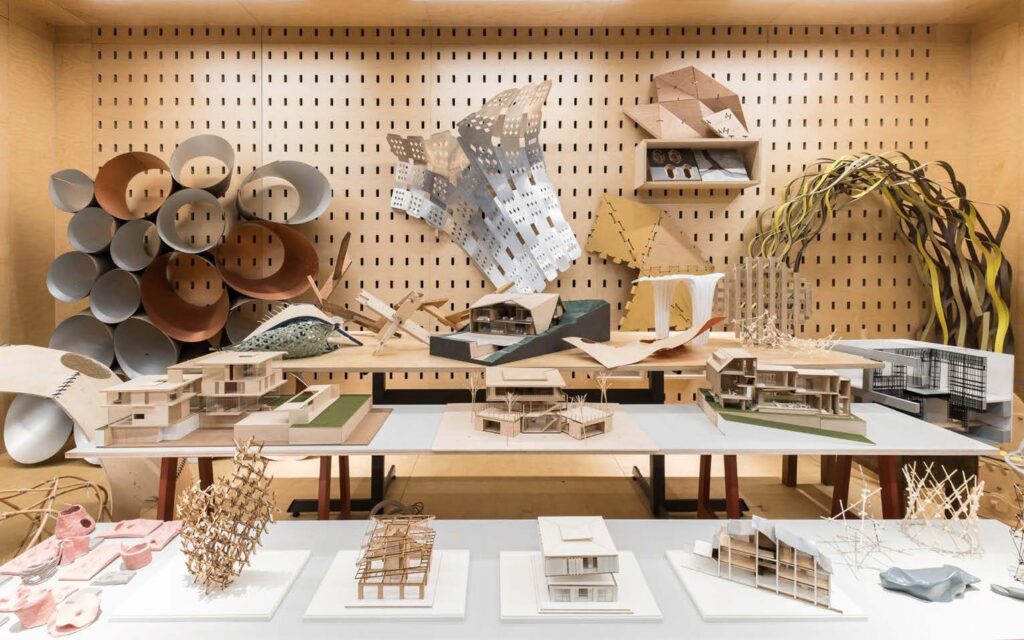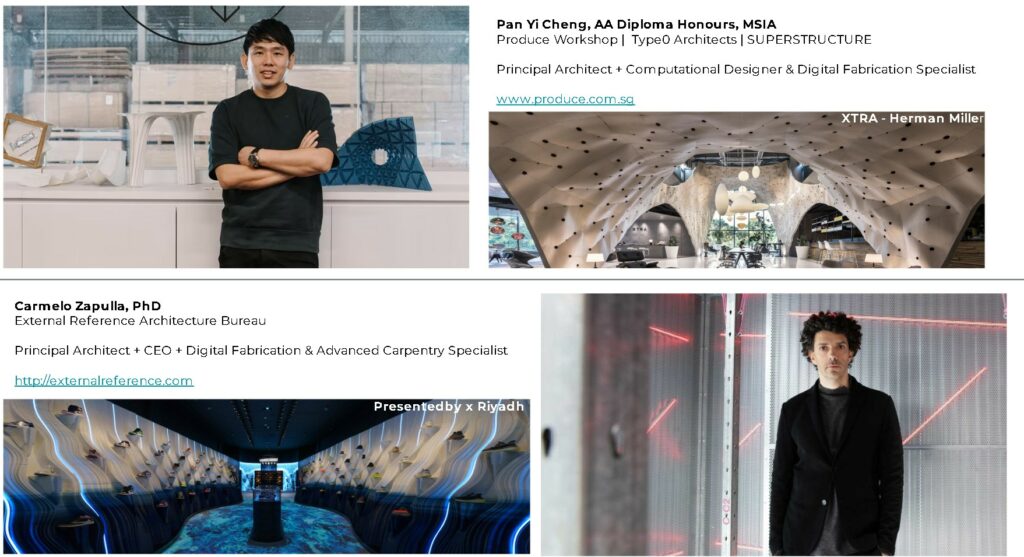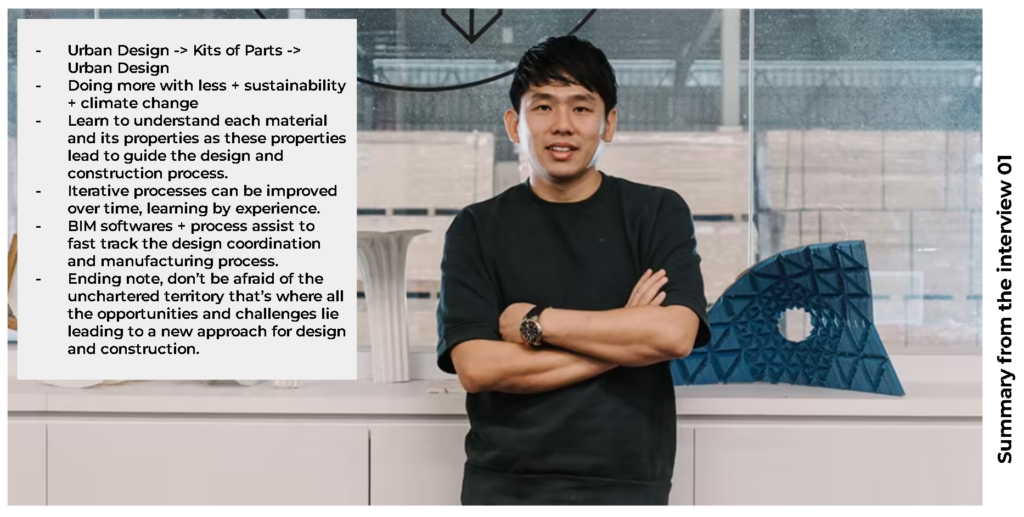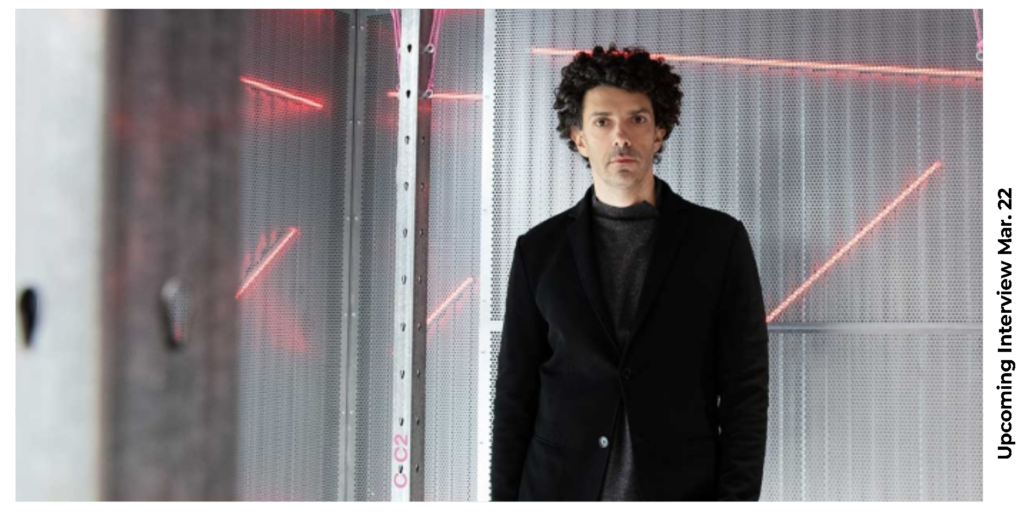PROBLEM STATEMENT
The predominant usage of digital processes in the current practice of architecture. However, with the many positives there are known inherent and latent constraints (e.g., data encryption, cloud breaches, and copyright issues) and other possible complexities and challenges.

THESIS STATEMENT
To inquire the understanding of the adoption of digital processes in the practice of creation in a contemporary architectural practice from initial conceptualization into fabrication.
RESEARCH AIM
The research investigates the predominant usage of digital processes (simulation, automation, digital fabrication) in the current practice of Architecture. While there are merits to the deployment of the digital assemblage1, the demands for information and data is pertinent. This inquiry should seek to establish where inspiration and technology intersects in the processes of the creation and manifestation in their practice.
1Deleuze and Parnet 1987, 69 [1977]) At their most basic, assemblages could thus be thought of as a collection of relations between heterogeneous entities to work together for some time1
EXPERTS

PODCAST INTERVIEW QUESTIONS
- As an architect, how did you enter the field of Digital Fabrication? What was the starting point/moment of this journey?
- Could you describe your process from start to the completion of prototype in a short and concise manner?
- It seems like you always seek to find ideas and new approaches from each material differently. How do you draw inspiration from materiality?
- From small prototypes, what are the missing gaps right now in the design and build industry to make this prototyping to be more on the main stream in the commercial aspect?
- What type of digital tools and software(s) do you use daily in the practice? Can you describe why are they integral and important?
- If you have no limit or constraints, what would you like to fabricate now and why?
7. How do you foresee the future/transformation of digital fabrication to mainstream construction both locally



